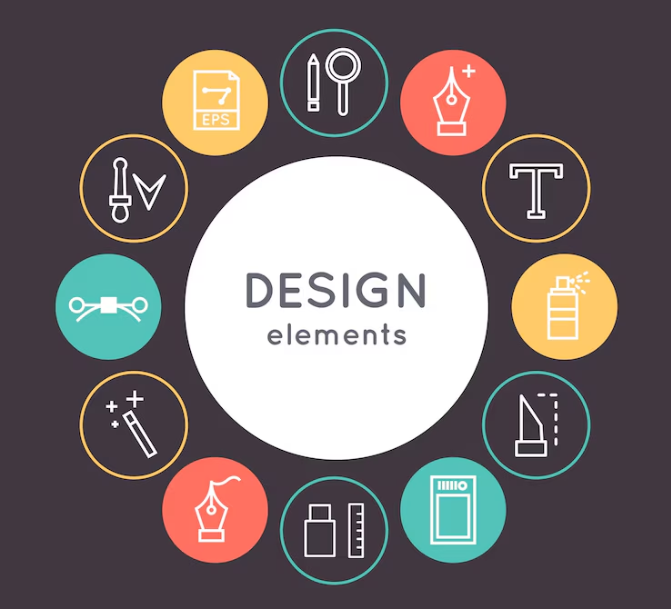We can’t all walk the red carpet at glamorous events. That, however, doesn’t mean we can’t embrace designer pieces in our everyday lives.
With artificial intelligence (AI) setting roots in the fashion industry, access to upscale fashion is now closer to home than ever. AI design tools empower established and upcoming designers to create stunning collections that cater to diverse audiences.
But how does AI play into upscale fashion, where quality is a top priority? Let’s explore seven ways AI transforms upscale fashion, enhancing efficiency, creativity, and customer engagement.
1. AI-Driven Customer Service for Upscale Clientele
Upscale consumers expect a high level of personalized service, which these AI tools offer.
AI-powered chatbots and virtual stylists, for example, can now handle complex inquiries, provide personalized recommendations, and even schedule private consultations or showroom visits based on customer preferences. High-touch services are particularly a favorite of exclusive clients who demand immediate and tailored attention.
By adopting these AI solutions, luxury brands can ensure their clients feel valued, understood, and engaged at every stage of their online and offline shopping journey.
2. Exploring Global Marketplaces
AI-driven marketplaces facilitate cross-border transactions and ensure designers can showcase their collections to a diverse audience.
By tapping into these digital platforms, designers don’t have to bind themselves to local tastes or trends. Instead, they can strategically position themselves in different markets and explore new growth opportunities.
For example, at Trendyol, Saudi Arabian designers can use real-time data and consumer insights to adjust their luxury line to suit the taste of Milan consumers. This approach enhances visibility and fosters innovation by integrating diverse influences.
3. Streamlined Design Processes
Responding swiftly to trends is critical in upscale fashion. AI design tools streamline processes by automating time-consuming tasks such as fabric selection, color matching, and initial sketching.
An apt example is how Clo3D allows designers to create and visualize garments in a 3D environment, thus significantly reducing the time it takes to produce prototypes.
This rapid prototyping accelerates the design-to-market cycle and lets designers quickly iterate on their ideas. When they don’t have to spend time on routine tasks, designers can focus on high-level creative decisions that enhance the quality and appeal of their collections.
4. Personalized Consumer Experiences
Personalization is a cornerstone of luxury fashion, and AI tools enhance how brands tailor their offerings to individual consumers. By analyzing vast amounts of data – from social media trends to purchase histories – AI can generate insights into consumer preferences.
Brands like Stitch Fix leverage algorithms to provide personalized clothing recommendations and create a unique shopping experience for each customer. This level of customization is game-changing in upscale markets, where consumers expect not just products but bespoke experiences.
On-site experiences can also be enhanced thanks to various AI-powered tools that bridge the gap between physical and digital retail. Fashion stores can add a AI clothes changer and swap tool that allows shoppers to virtually try on outfits without stepping into a dressing room. This not only saves time but also makes the shopping experience more interactive and fun. Shoppers are more likely to engage with brands that offer convenience and innovation in one seamless experience.
5. Sustainable Fashion Practices
AI design tools optimize material usage by analyzing designs and suggesting the most efficient ways to cut fabrics, thereby minimizing waste. These tools help designers find sustainable fabrics by offering a transparent marketplace for sourcing materials.
Furthermore, AI can predict consumer demand and empower designers to produce what is necessary and in alignment with environmental and economic sustainability. This feature is particularly significant for upscale brands keen on prioritizing ethical practices because it makes appealing to a growing segment of environmentally-conscious consumers easier.
6. Predictive Analytics for Trend Forecasting
AI design tools use predictive analytics to analyze historical data, social media trends, and market behavior. This allows designers to anticipate consumer needs and expectations.
Because these tools provide real-time insights into emerging trends and competitive landscapes, they enable designers to make informed decisions about their collections. Upscale fashion brands can leverage these insights to create timely, relevant products that resonate with consumers.
7. Automated Quality Control
Quality control is paramount in luxury fashion because high-end consumers expect flawless products.
AI design tools are assisting in this area by automating quality control processes. For example, machine learning algorithms can analyze designs for inconsistencies and identify potential flaws before production begins.
AI platforms can also evaluate stitching patterns and fabric consistency to ensure every piece meets high standards. This minimizes the likelihood of errors and makes the production process seamless.
Conclusion
We haven’t seen all that AI has to offer the fashion industry, and it’s exciting to think about how it will shape future fashion trends. The only certainty is that AI will continue changing how we create, experience, and enjoy fashion. That makes it an exciting space to watch.






